Dr Elie Kassabian, Vascular Surgeon
Specialist in Phlebology and Vein Surgery: Treatment of venous disease and their related disorders, including spider veins, small telangiectasia, dilated veins, leg swelling and venous insufficiency problems.
Appointments
To schedule an appointment or if you have questions please call us during the business hours.
- Monday to Friday: 09:00 - 18:00
- Saturday & Sunday: CLOSED
- WhatsApp: +961 81 345 988
- Phone: +961 1 883 813
Varicose Veins: Disease of the Century
Varicose Veins is a very common disorder. It affects mainly women (as much as 30%) but the incidence is increasing among men. Specialists in Europe and North America believe that every woman will seek a medical advice for her leg veins, at least once in her life. Varicose veins and their symptoms are a direct result of the current lifestyle of the population: Frequent standing, frequent sitting, direct heat exposure, pregnancy, heavy weight lift, lack of sports, obesity and long-distance flights (swelling of the ankles is very frequent). It is also obvious that some occupations may favor the development of varicose veins: Nurses, doctors, teachers, secretaries, hairdressers, flight attendants, the military and desk jobs. Genetic predisposition is also a well-known factor. Spider Veins are the most common form of the disorder. But bigger and dilated veins are a source of concern.
Enhance the Beauty of Your Legs
Medications (tablets or pills) strengthen the wall of the superficial veins and allow a better venous contraction, thus improving the upward movement of the blood in the legs.
The Vascular Laser is a revolutionary technique aimed at treating the spider veins in a more rapid way and to give faster results when faced with a truly esthetic demand.
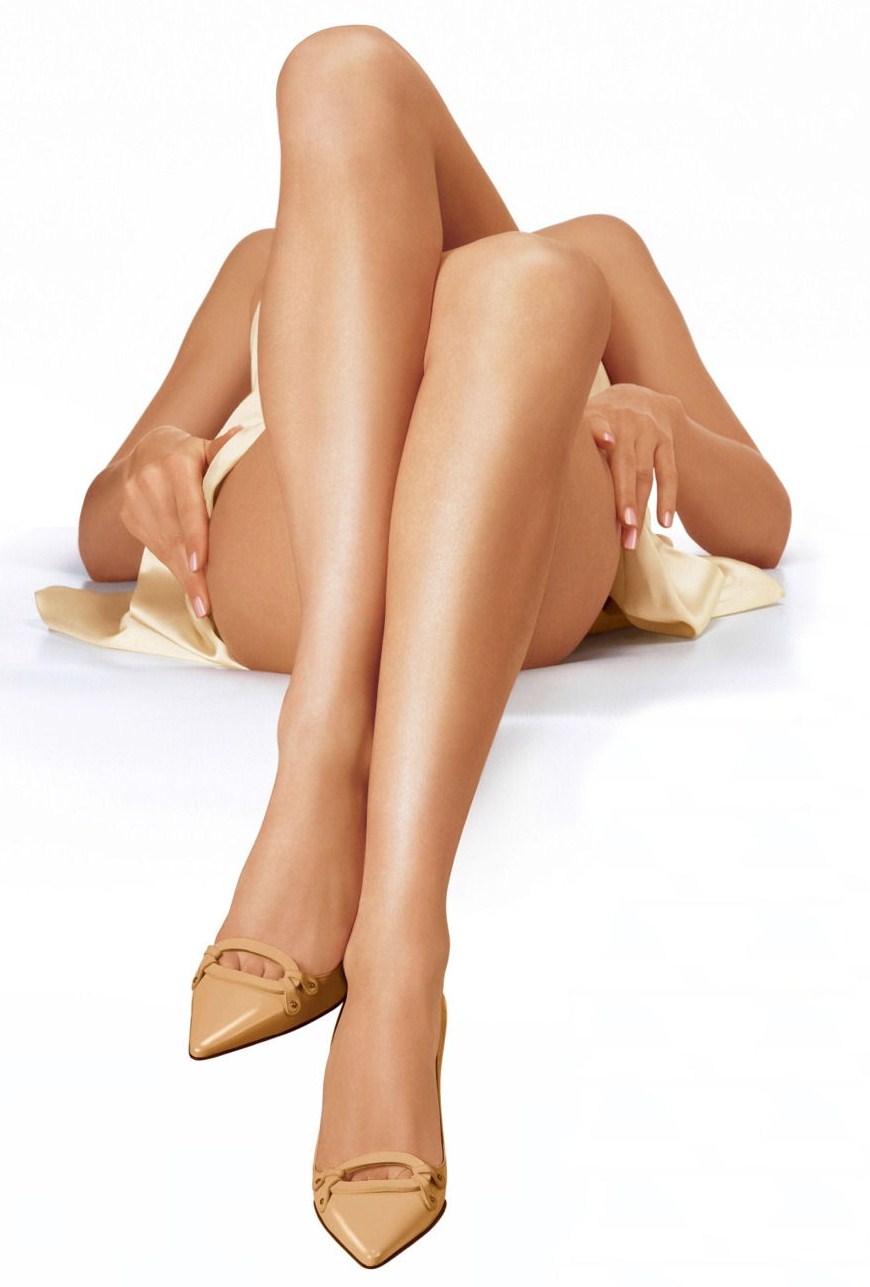
Sclerotherapy or “Liquid sclerotherapy” is the most common practice for the treatment of spider veins. It is the injection of a special product in the small veins to close them.
These revolutionary techniques have completely changed the surgical approach of varicose veins. They have become a true alternative to surgery.
More
Visit Our Clinic
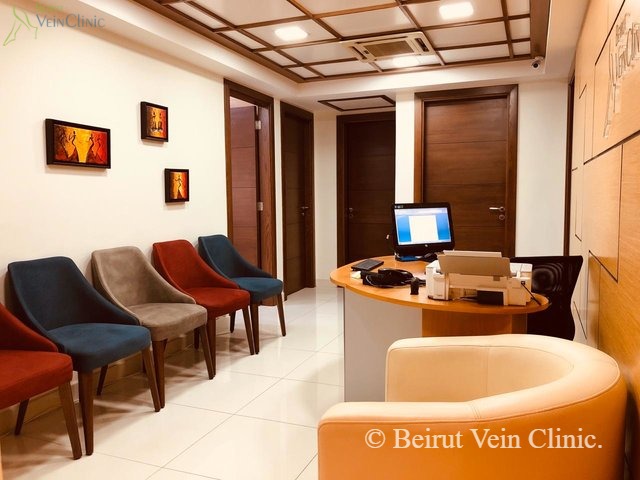
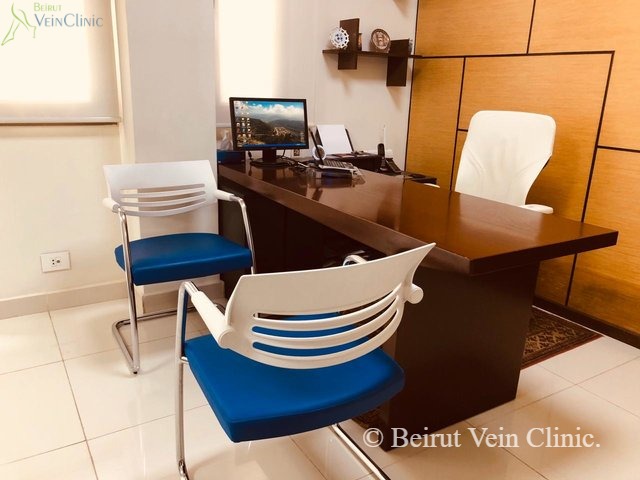
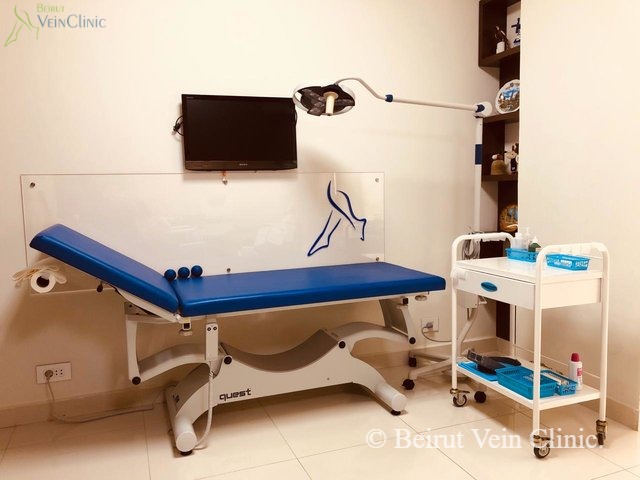
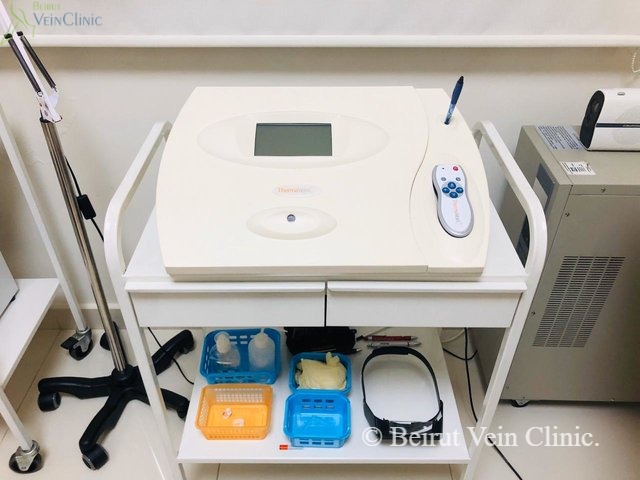
Varicose veins
Normally, veins should not be visible on the skin. When varicose veins start to appear, this reflects a problem in the venous circulation, a condition referred to as Superficial Venous Insufficiency. Under the influence of many factors, the blood flow becomes slower in the leg veins, and their pressure increases. These veins grow larger and become visible as varicose veins. Spider veins may be only of cosmetic concern but dilated varicose veins may cause serious complications.
Leg Veins and their function
Veins are blood vessels which allow the blood flow back to the Heart. The ones responsible for varicose veins are called superficial veins. Superficial Veins form a large network of vessels that consist of a principal vein (Saphenous Vein) and numerous smaller veins that are present under the skin layer.
Stages of varicose veins
Varicose veins may present in one or more of the following aspects: Small spider veins, leg swelling, dilated veins, skin pigments or venous ulcers. Each stage may be accompanied by physical signs.
Signs and symptoms
Although many patients have cosmetic complaints, varicose veins could cause disturbing symptoms. The symptoms include leg pain, heavy legs, swelling (or edema), and burning or itchy sensation of the feet. Patients sometimes feel the need to constantly move their feet or elevate their legs to feel comfortable. It should be noted however that these symptoms are absent in the morning. They appear during the day and get worse at the end of the workday.
Diagnosis of Venous Insufficiency
If you have varicose veins or suffer from symptoms of venous insufficiency, a medical consultation is indicated. It is recommended that the diagnosis be made by specialists in vascular disorders: Phlebologist, Vascular Surgeon or a Vascular physician. These experts are the most qualified in examining the Vein patients. The medical interview identifies the main complaint. The physical examination allows the inspection of the varicose veins. A Duplex Ultrasound of the Lower extremity veins (Venous Echo-Doppler) could be needed to further confirm the diagnosis. Based on all the findings, the physician will discuss your condition will give you the treatment plan.
Prevention of Varicose Veins and Venous Insufficiency
The most efficient way to prevent venous insufficiency and to avoid varicose veins, is to adopt a healthy lifestyle. You need to control the risk factors. Overweight, heat exposure, standing and sitting positions can be managed. Physical activity and sports are widely indicated. Regular exercise such as walking, jogging and swimming are all beneficial for your leg veins. But for most people whose occupations don’t allow much to adopt these changes, the best way to protect your leg veins is to wear compression stockings during the workings hours. For optimal results, stockings should be worn early in the morning and kept throughout your work schedule. Stockings are also advised during long distance travel.
Varicose Veins of Pregnancy
Venous insufficiency symptoms, such as leg pain, heaviness, varicose veins and swelling are quite common during pregnancy. An additional problem may affect pregnant women and that is pelvic varicose veins. Dilated veins appear around the vulva and inner part of the thighs and could be quite disturbing. Varicose veins of pregnancy should prompt the patient to seek medical advice and prevent all adverse events. Proper treatment and follow up are recommended: lifestyle, medications, compression stockings and in some rare cases: anticoagulant drugs.
